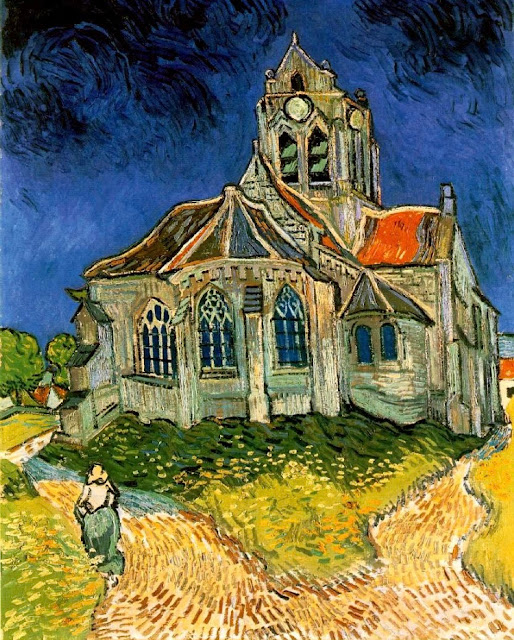Featured
- Get link
- X
- Other Apps
Pablo Picasso 3. The Impact of a Friend's Suicide (Blue Period)
Pablo Picasso had a close friend named Carles Casagemas, who was also an artist. They were quite a pair, both a bit eccentric, as geniuses often are.
In 1900, the two friends traveled together to attend the World's Fair in Paris. The Eiffel Tower, a symbol of Paris, was constructed for this exposition. Parts of the Statue of Liberty from New York were also displayed there. Despite the entry fee being roughly equivalent to a worker's annual salary, over 50 million people from around the world attended. Remarkably, the fair still ran at a loss due to its extravagant scale and beauty.
While living in Paris, both Picasso and Casagemas fell in love with the city and decided to settle there. However, trouble soon followed. Casagemas fell in love with a model named Germaine. Unfortunately, due to impotence, he couldn't consummate their relationship, and she eventually left him for another man.
In 1901, still unable to forget her, Casagemas proposed to Germaine again. When she rejected him, he shot at her with a prepared gun and then turned it on himself, committing suicide. Germaine was only grazed by the bullet and survived without major injuries, but Casagemas's suicide brought immense grief to both her and Picasso.
The death of Casagemas (1901)
At the age of 20, Picasso expressed his sorrow through his art, creating paintings that were darker and more somber than his previous works, with a noticeable emphasis on blue tones. This period of his work is known as the Blue Period.
During this time, Picasso was also romantically involved with Louise Odette Lenoir, a friend of Germaine's. However, while comforting Germaine after Casagemas's death, Picasso and Germaine became romantically involved.
This marked the beginning of Picasso's numerous romantic entanglements. He often paid his models generously and engaged in romantic relationships with them. However, these relationships were usually short-lived, as he tended to abuse the women he was involved with.
Updated in 2024.05.24
Popular Posts
Vincent Van Gogh 6. Settling in Arles, Establishing the Foundations of Impressionism
- Get link
- X
- Other Apps




